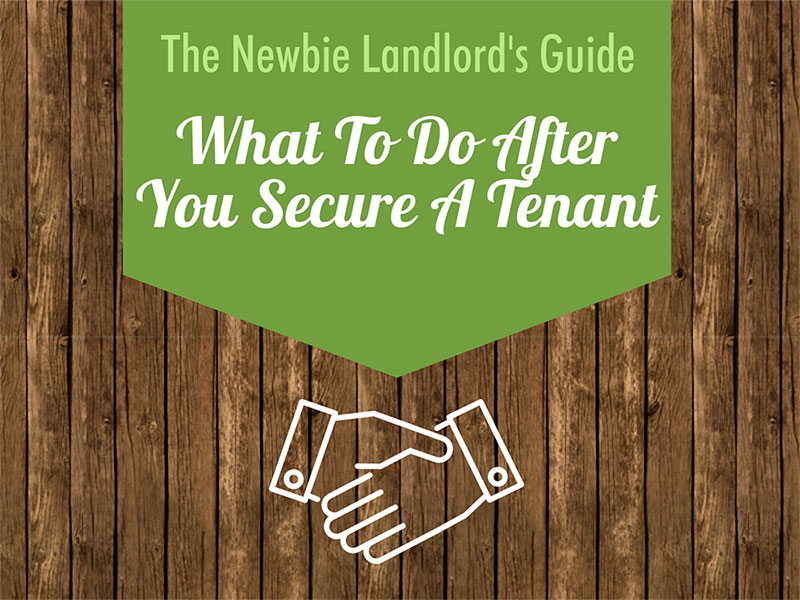
Just got an offer from a tenant? Congrats! You’re all set to generate a steady stream of passive rental income every month.
Don’t pop the champagne just yet, though. Before you can rent out your apartment to your tenant, you’ll still have to take care of certain things, including getting your Letter Of Intent, drafting the Tenancy Agreement, and getting that agreement stamped.
In this guide, we’ll walk you through the entire process of renting out your flat and tell you what you need to do before handing over your keys to your tenant.
Read on to find out more!
(Also read: Do these 3 simple things to rent out your property fast)
According to the Singapore law, HDB owners are restricted to renting out their flats to Singapore citizens, PRs, and non-citizens legally residing in Singapore.
This probably won’t happen, but on the off-chance that you get someone dodgy trying to rent your flat, make sure you conduct a background check.
If your potential tenant is a foreigner, check that they hold one of the following passes:
To do this, ask your potential tenant for a copy of their work permit or NRIC, and check the document using the ICA iEnquiry system.
Once you’re confident that your potential tenant is legit, the next step is to get a LOI and collect a Good Faith Deposit.
This is not strictly mandatory, but it helps to protect landlords, so we’d say you should definitely take the time to do it.
First, an LOI is a formal offer to rent your property. This letter should include all the key terms and conditions, including:
If you or your tenant aren’t familiar with crafting an LOI, check out Bluenest’s agent service for landlords. Bluenest offers a “DIY” scheme and a “Bluenest service” scheme.
The latter comes with full agent support for rental, but if you want to keep costs low, then opt for the former. With both plans, Bluenest provides you with LOI and Tenancy Agreement (TA) templates.
Once you have your LOI, you’ll have to get your tenant to pay you a Good Faith Deposit — this kicks your LOI into effect.
Most landlords choose to collect one month’s rent as their Good Faith Deposit. You may convert this into a Security Deposit when you and your tenant sign the Tenancy Agreement, or put it towards the first month of rent.
In the event that your tenant backs out and decides that they don’t want to rent from you after all, you can keep the Good Faith Deposit.
Just keep in mind that once you’ve signed on the LOI and your tenant has paid you the Good Faith Deposit, you may no longer advertise or promote your rental property.
Moving on, the next step is to draft the TA. This is the main contract that sets out the terms and conditions of the arrangement.
In this agreement, you’ll have to include:
Again, you can get an LOI template by signing up for Bluenest’s agent service for landlords.
Pro tip: Don’t miss out on discussing the finer rental details (such as house rules, who pays for the utilities, and so on) in your rush to get the TA signed.
At the end of the day, it’s crucial to make sure that both you and your tenant are 100% aligned and on the same page. If that’s not the case, there’s a higher chance that you’ll experience disputes further down the road!
As mentioned, you can simply convert your Good Faith Deposit into a Security Deposit.
This security deposit basically acts as a safeguard. In the event that your tenant goes MIA without paying their rent or damages your property (touch wood!), you can keep this deposit and use it to cover your losses.
If your lease is for one year, you’d generally collect one month’s rent as your security deposit. If your lease is for two years, then that’d be two months’ rent.
The next step is to get your TA stamped. to do this, your tenant will have to cough up 0.4% of the total rent for stamp duty (across the entire lease period).
Assuming your tenant is paying $1,000 in monthly rent and the lease is for two years, here are the relevant calculations:
Total rent = $1,000 x 24 months = $24,000
Payable stamp duty = 0.4% of total rent = $96
Your tenant can either take the TA to a SingPost Service Bureau, or log onto IRAS to make e-payment.
If you ask us, doing the transaction online is a lot more convenient, but if your tenant is old-school and/or adverse to technology, these are the four Service Bureaus where you can get your TA stamped:
Technically speaking, the stamp duty should be paid before you sign the TA, but this doesn’t typically happen.
To avoid the penalty, just make sure your tenant gets the TA stamped within 14 days of signing it. If the document is signed overseas, it has to be stamped within 3 days of arriving in Singapore.
You’re almost done with the rental process– all that’s left is the handover.
Before this, prepare an inventory list that details the furnishings, fittings, appliances that come with your rental unit.
On the day of the handover, get your tenant to inspect your property one last time and make sure that the list is in order.
Once that’s done, you’re ready to hand over the keys and let your tenant move in. Congrats, you’re officially a landlord!
—
What other questions do you have about renting out your home in Singapore? Let us know in the comments!
{{cta(‘de8f3b5a-4102-43ac-bd28-ea797a3463b7′,’justifycenter’)}}